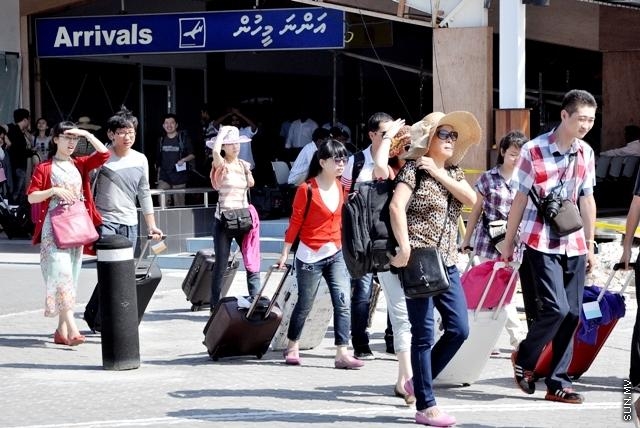
The year 2017 was a prosperous one for the tourism sector, as evidenced by the impressive growth in tourist arrivals, which soared to its highest in four years. While the continuous promotional activities carried out in different parts of the globe proved successful in attracting a better than-expected number of tourists into the country, tailwinds from favorable economic environments in the main source markets boosted the sector’s performance during the year.
The sector also benefited from the lower global airfares over recent years resulting from lower global oil prices, as well as the increased flight movement by international carriers. Against this backdrop, annual tourist arrivals grew markedly by 8% after three years of unremarkable growth and summed to 1.4 million in 2017. The growth trend was more pronounced in the latter part of the year, with the last quarter recording a double-digit growth of 15% in annual terms. The growth in tourist arrivals was also in line with international tourism trends.
According to United Nations World Tourism Organization Statistics, international tourist arrivals reached a seven-year high of 7%, and totaled 1.3 billion in 2017—mainly driven by tourist arrivals to Europe, which recorded a remarkable growth of 8%. The brisk pace of growth in tourist arrivals was largely underpinned by the striking increase in arrivals from the European market, which began to pick up in 2016. Apart from the upturn in arrivals from large European source markets, arrivals from smaller source markets have also been observed to be increasing over the past few years. Further, arrivals from the Asia and the Pacific region marked a positive turnaround during the year despite a decline in arrivals from the largest source market from the region—China.

The arrivals growth was also bolstered by the flight movements by international carriers, although it edged upwards only slightly during the year. This marginal growth can be attributed to the suspension of operations of MEGA Maldives Airlines flights in May 2017. However, increased flight movements of other airlines, such as Silk Air, SpiceJet, AirAsia and China Eastern Airlines, combined with the commencement of new flights—AirAsia Thailand in August 2017 and Air France in November 2017—helped to more than offset the decline in movements by MEGA Maldives Airlines flights.
The positive performance of the sector was also signified by marked improvements in
other key indicators. Accordingly, bednights gained further momentum and registered a double-digit growth of 11% during 2017, up from the 6% growth recorded in the preceding year. Meanwhile, the average duration of stay also ticked up from 6.0 days in 2016 to 6.2 days in 2017. Mirroring these developments, the trend in the estimated tourism receipts reversed after two consecutive years of negative growth. Tourism receipts totalled US$2.7 billion during the year, a growth of 9% in annual terms.
Source: Maldives Monetary Authority








